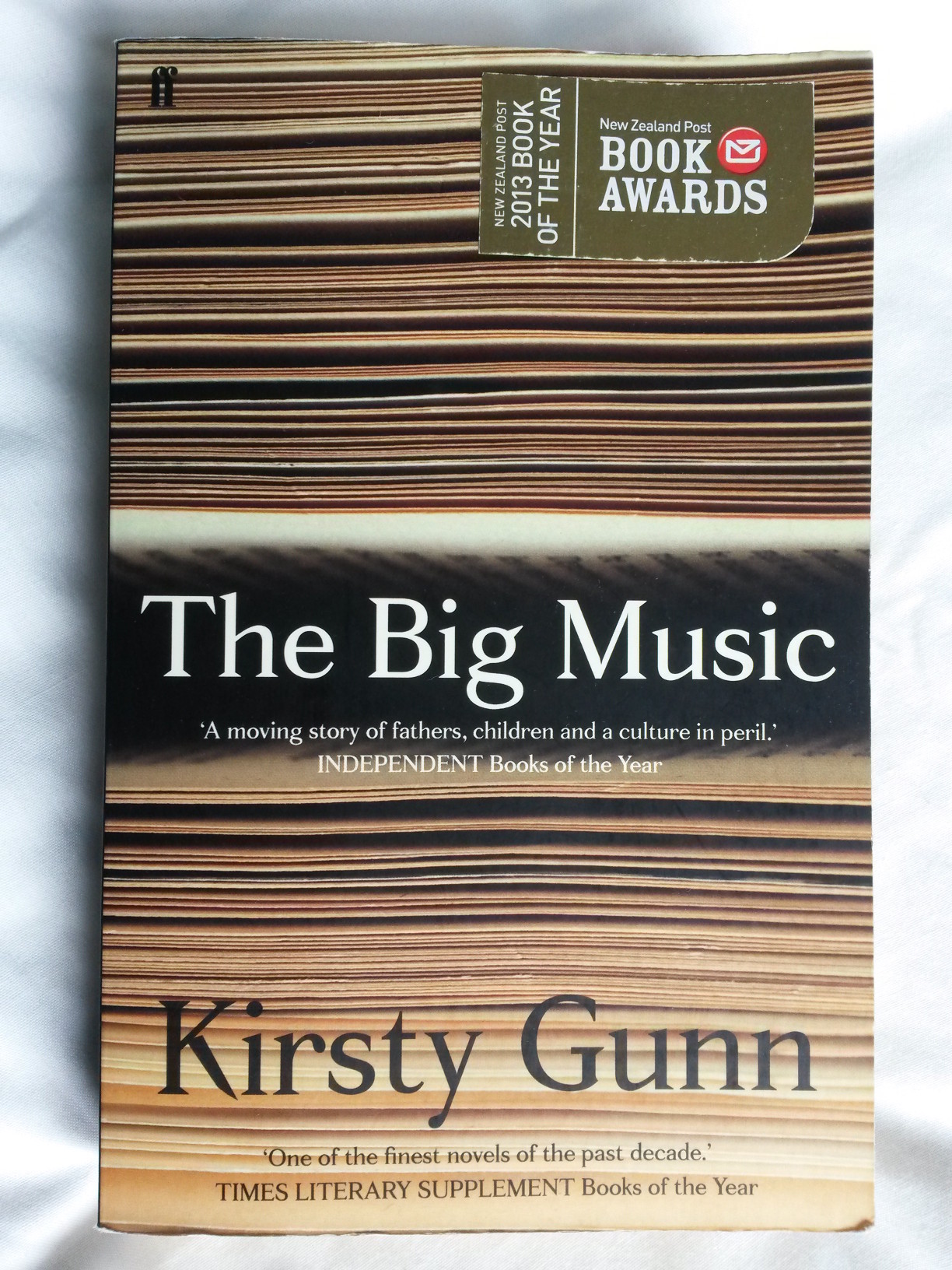 An old man kidnaps his housekeeper’s granddaughter and takes her for a walk in the hills. He needs to write her into a piece of music he is composing. This is the start of this novel, and as it continues we learn more about the history of his family, which has lived for many generations in a remote house in the Scottish highlands. The house and family have become famous in the world of classical bagpipe music, the “big music” of the title.
An old man kidnaps his housekeeper’s granddaughter and takes her for a walk in the hills. He needs to write her into a piece of music he is composing. This is the start of this novel, and as it continues we learn more about the history of his family, which has lived for many generations in a remote house in the Scottish highlands. The house and family have become famous in the world of classical bagpipe music, the “big music” of the title.
I have never seen a book put together like this one before. It’s presented as a documentary, with the story built up from fragments of letters, recordings and papers found during the author’s research into the family and house. Supporting the story are many many footnotes, including frequent cross-references to other parts of the story and to the numerous appendices including plans of the house, maps of the area, family history, proceedings of musical societies, academic papers and more. At first I found the footnotes intrusive and fussy, but eventually I realised that this was all an essential part of the book.
The footnotes and other explanatory text also give details of the structure of classical bagpipe music. In fact, the whole story is structured in the same way. It consists of several movements, each with its own character and purpose. As the old man struggles to compose the various parts of his tune, so the novel itself progresses along similar lines. It’s all quite ingenious, and the structure of the book, including the footnotes and appendices, makes it all seem natural rather than contrived.
Writing about music is often a bit unsatisfying, since music is made to be listened to, not read about. But I really enjoyed The Big Music because it’s about music but also much more, and I loved the way it relates music to life and even to the book itself. Even so, I really want to listen to the old man’s bagpipe piece, even though it’s fictional. I hope some book-loving, internet-savvy highland music composer out there will write it one day and share it with us all.